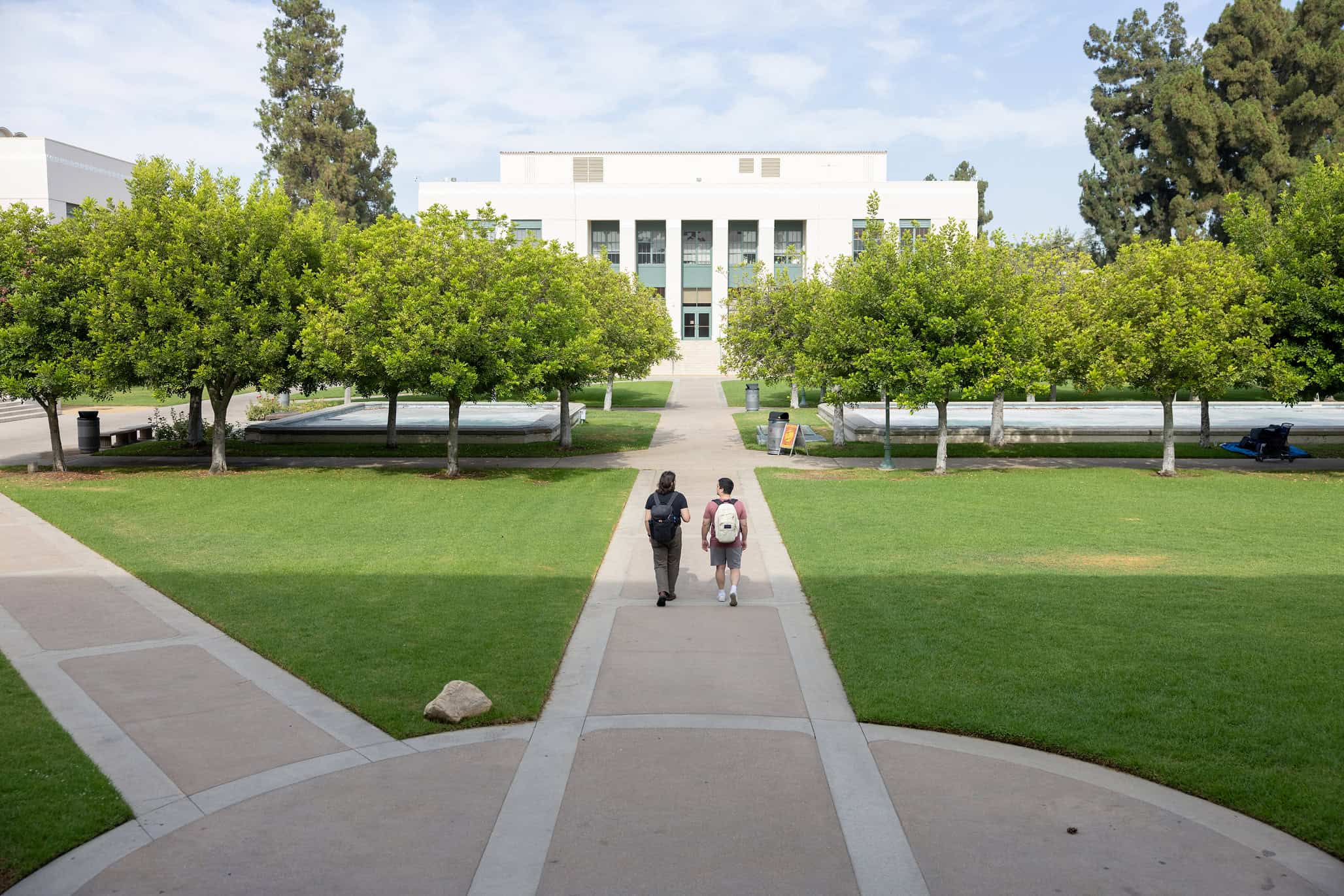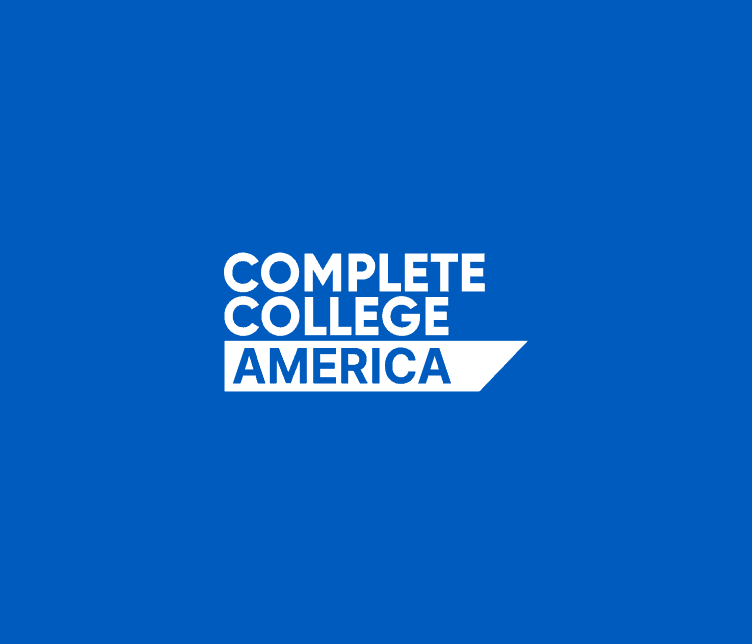This post is part one of a two part series on how Pasadena City College has utilized affinity spaces on their campus as part of a larger strategy to support student success through a culture of belonging.
“Third spaces” is a term coined by sociologist Ray Oldenberg for a welcoming neutral place to gather socially outside of work and home. Creating these spaces is frequently an unspoken goal on college campuses. According to Inside Higher Ed, providing students, faculty, and staff with designated areas to just be themselves may be a “powerful way to increase retention, strengthen on-campus peer networks, enhance faculty and graduate student agency, and create a sense of belonging.” On a recent visit to Pasadena City College (PCC) for the upcoming Complete College Photo Library, the attention to welcoming, visible affinity spaces stood out as a tangible way that PCC supports student success through third spaces. In a time when many campuses are shuttering affinity-based spaces and services altogether, PCC continues to utilize them as a viable way of meeting students where they are.
History of Affinity Spaces at PCC
Visible affinity spaces are certainly not the only option for creating third spaces on college campuses. However, at PCC there has been a conscious effort to leverage the powerful purpose of identity-centered spaces as a setting for students to engage in personal reflection, receive culturally and situationally relevant services, and enhance feelings of belonging within the larger college community.
The first designated affinity space at PCC was the QUEST Center, established in 2019. This faculty-championed space combined resources and open space for the LGBTQ+ and undocumented student (Dream) communities. While the QUEST Center was based on similar successful initiatives at other community colleges, PCC quickly found that the shared space model didn’t fully meet their student population’s needs. Dr. Kari Bolen, associate vice president and chief diversity, equity, and inclusion officer at PCC, shared: “I think it was created with this idea that we have limited real estate, but we need space for these communities…The sentiment to which it was created as sort of a coupling of these two populations was in good faith, but it also was problematic. We had Dream students that didn’t feel comfortable going there because of the intersection of both of those identity groups, and then vice versa, where Pride didn’t feel like it was really a space for them, because there was this other sort of membership that was in there. So that’s when we started to do the work to pull those centers apart in a way that honored both communities and met their unique needs, but also provided opportunities for us to intersect and have those intercultural conversations.”
The next dedicated affinity space to be developed was the Black Student Support Services area, again shepherded by faculty who worked directly with the suite of four Black student support programs. As that work and the work of the Dream Center and LGBTQ+ Center continued to grow, groups and spaces for a variety of identities were developed, creating robust options for students to tap into resources and community centered around their cultural reality.
PCC has been intentional about the intent to use identity centered third spaces in a way that honors, not segregates, various identities. According to Dr. Bolen, “We know that our students show up with membership in multiple identity groups and for them to choose when to sort of operate in one identity, or where to be with one set identity is just not really practical.” This recognition of intersectionality supported PCC in redeveloping, rebranding, and rethinking their Intercultural Center, a space where the identity development and affirmation happening in single-identity spaces can be operationalized to support an intersectional, collaborative approach to belonging and student well-being across campus. PCC plans to soft-launch the reimagined intercultural center in spring 2025. “I think that’s the new chapter of this work,” says Dr. Bolen. “[We’re] still honoring the historical legacy of identity centers and affinity spaces as they were built to be, in times and climates where folks needed community and needed affirmation in these spaces of belonging, and morphing into where we are now, where we’re wanting to build.”
Creating Space for Identity on Your Campus
Complete College America is committed to supporting institutions in exploring the best ways to create belonging, facilitate resource utilization, and support equitable completion for all students. Our visit to PCC and conversations with students and staff offered powerful examples of how a campus can support these goals through physical spaces. Here are some takeaways based on those conversations that you may be able to apply to your campus environment:
- Choose your spaces intentionally, with feedback from the community. Dr. Bolen highlighted the relevance of not just designating space for specific groups but choosing the right spaces. Multiple stakeholders are involved in these conversations, including students, faculty, staff, and the local community. Some groups have requested to be relocated to more front-facing; this is the case with the LGBTQ+ Center, which is currently located on the fourth floor of a building away from most common areas. Other spaces, like the Dream Center, are intentionally located in more private areas of campus based on feedback from the communities that the centers are intended to serve. In addition to dedicated centers, PCC offers multiple areas in the main library identified as “heritage rooms” dedicated to particular cultural groups, which can be used by all students as meeting spaces or study areas, funded by local philanthropists. As the existing centers continue to grow and new culturally centered spaces and programming is developed, intentionality is key.
- Draw from the mission and values of the institution. Since Dr. Bolen’s office was created in 2020, she’s seen the campus community recognize and affirm the value of affinity spaces. “I don’t think [that’s a given], and I definitely don’t take that for granted. I think first it’s really digging down into our mission. We have 11 core values associated to our vision and our purpose… those values were made with the community in mind. They were made by the community for the community and with real intentionality, and I think those values really speak to and undergird the importance of these spaces.”
- Incorporate “micro” inclusion at the individual level. Dr. Bolen also emphasizes the critical role of faculty and staff willingness to “do their own work,” examining their relationship with their own and other cultural identities. “It might mean including making one shift in your syllabus for this academic semester. It might be adopting one new practice as it relates to how you engage or where you show up this year. ‘I really want to be present for X group,’ or ‘I know this heritage month is coming up, I really want to show up for this, or I want to volunteer for that.’ Even those small micro ways of getting involved and doing your own work will have impact.”
- Center relationships. Creating space for the human connections that happen in identity-based third spaces proved to be possibly the most impactful part of developing these spaces. While centralizing relevant services is often incorporated into the planning for new spaces, they also included comfortable areas for students to connect with each other and with staff. Those individual relationships bring students to campus, and to the locations of services that support long term success. Veterans Resource Center specialist Lisa Foster stated, “Our greatest success lies in the active participation of our students. While many students simply attend classes and leave, our veterans choose to stay, engage, and build a community. It is their involvement and dedication that make our VRC truly exceptional.”
CCA thanks Pasadena City College for hosting our visit for the Complete College Photo Library project and for sharing their experiences for this article.
Read Part Two of this series, highlighting PCC’s award-winning Veterans Resource Center, here on the Amplification Lab in November.


